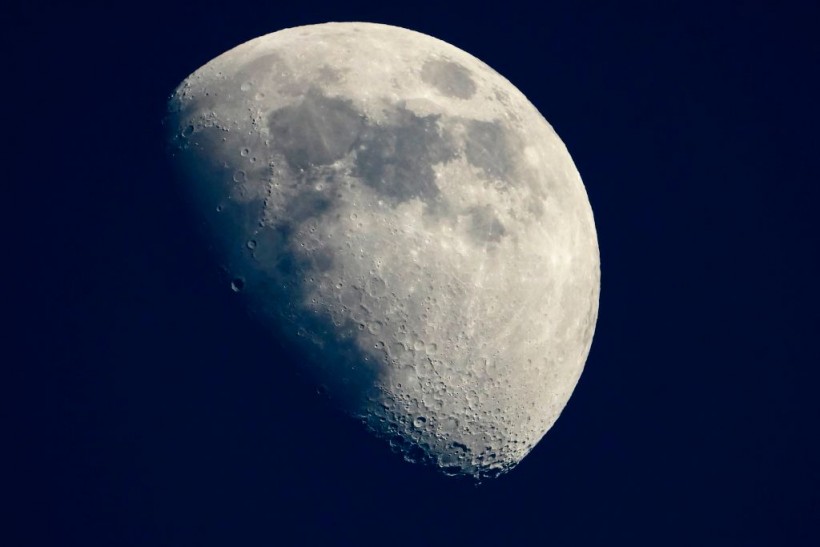China is planning to launch a telescope array that will orbit the moon to get more information about the lunar surface. The proposal made by the Chinese National Space Agency (CNSA) was to send a number of small satellites orbiting around the moon to create a radio telescope by 2026.
This initiative, called the "Hongmeng Project," aims to simplify the process of surveying the moon, which is hard to do from Earth.

China Plans to Bring a Telescope Array Orbiting the Moon in 2026
In the "Astronomy From the Moon" conference held in London earlier this year, astronomer Xuelei Chen revealed that the CNSA wants to bring a moon-orbiting telescope array to the lunar orbit by 2026.
This moon-orbiting telescope array would be composed of one "mother" satellite and eight "daughters" that would help detect radio signals from faraway locations in space.
According to Space.com, the "mother" satellite would relay the information gathered from different parts of the cosmos. It will also be the only one returning to Earth. This initiative is being considering by NASA and other space agencies as one of the next big steps in astronomy.
Read Also: Riding on the Moon: NASA Seeks Lunar Terrain Vehicle Services for Artemis Missions
China Plan Is the Most Feasible
Space agencies believed setting up a moon-orbiting telescope array would be technically more feasible than building a telescope directly on the lunar surface. During the conference, Chen said, "There are a number of advantages in doing this in orbit instead of on the surface because it's engineeringly much simpler."
He added: "There is no need for landing and a deployment, and also because the lunar orbital period is two hours, we can use solar power, which is much simpler than doing it on the lunar surface, which, if you want to observe during the lunar night, then you have to provide the energy for almost 14 days."
Moon Mission and Learning More About It
It has been decades since the last trip of humans to the moon, stepping foot on the lunar surface, but the constant surveying and monitoring of the natural satellite was never lost. Thus, the Artemis is one hopeful program for the world as it aims to bring back astronauts to the moon, filled with the latest tech and equipment.
The early Apollo missions were a significant milestone for humans in space since they opened the doors for space exploration. With our modernized society, combining AI programs, and robots, there are massive possibilities for a lunar expedition that could help expand more of what humans have already learned about the moon.
China plans to bring a moon-orbiting telescope to learn more about the cosmic radiation in a part of the electromagnetic spectrum, which is impossible to study from Earth. Astronomers believed that this kind of radiation could allow them to look into the so-called "Dark Ages," which is the period of the first few hundred million years after the universe sprang into existence in an event known as the Big Bang.
Related Article: China Aims to Land on the Moon Before 2030









